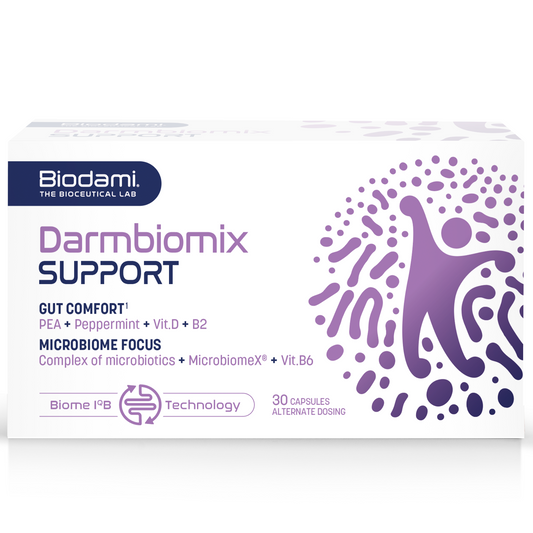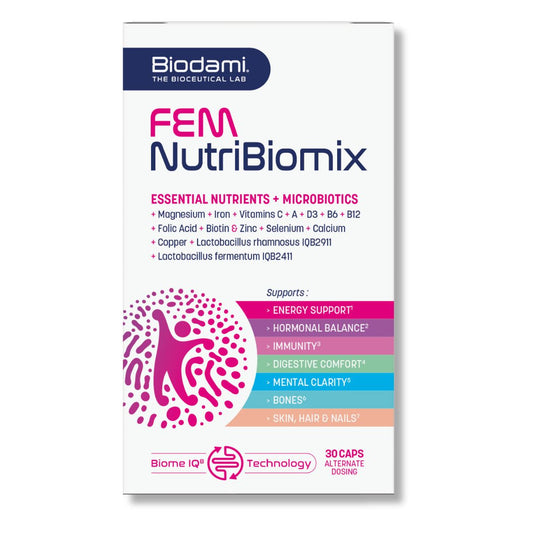Periods, Blood Loss, and Fatigue: The Connection You Need to Know About
Menstruation is a natural process that affects nearly half of the world's population - women. Each month, the uterus sheds its lining, leading to the loss of blood and other materials. While menstruation is a normal part of a woman's life, it can also lead to significant blood loss and a decrease in iron levels. In this article, we will discuss the amount of iron a woman loses during menstruation and how it can impact their health.
The average menstrual cycle lasts between three to seven days, and during this time, a woman can lose anywhere from 30-40 millilitres of blood. The amount of blood loss varies greatly between individuals, and factors such as age, health, and hormonal imbalances can all play a role.

This loss of blood also means a loss of iron. The amount of iron lost during menstruation can vary greatly from woman to woman. Generally, it is estimated that a woman may lose up to 24 mg of iron during each menstrual cycle. For some women, this amount may be too high, leading to iron deficiency anemia.
Iron is an essential mineral that our bodies need to function properly. It is responsible for producing hemoglobin, which carries oxygen from our lungs to the rest of our bodies. When we lose iron through menstruation, our bodies can become depleted, leading to iron-deficiency anemia.
Symptoms of iron-deficiency anemia can include fatigue, weakness, dizziness, and pale skin. In severe cases, it can also cause shortness of breath, chest pain, and an irregular heartbeat. If left untreated, iron-deficiency anemia can lead to more serious health problems, such as an increased risk of infections and a decreased ability to fight off illness.
It is important to note that not all women who experience heavy periods will develop iron-deficiency anemia. However, if you are experiencing heavy bleeding, fatigue, or other symptoms related to your menstrual cycle, it is important to speak with your healthcare provider.
Recommended For You
Kristina Cueva
Kristina has always had a passion for understanding diseases and their underlying mechanisms. With a Biomedical sciences background as well as Public Health & Economics, Kristina understands the burdens diseases have on society. This helps her understand the necessary innovations to promote good health which ultimately lower burden of disease.
References:
Mansour D, Hofmann A, Gemzell-Danielsson K. A Review of Clinical Guidelines on the Management of Iron Deficiency and Iron-Deficiency Anemia in Women with Heavy Menstrual Bleeding. Adv Ther. 2021 Jan;38(1):201-225. doi: 10.1007/s12325-020-01564-y. Epub 2020 Nov 27. PMID: 33247314; PMCID: PMC7695235.
Blanco-Rojo R, Toxqui L, López-Parra AM, Baeza-Richer C, Pérez-Granados AM, Arroyo-Pardo E, Vaquero MP. Influence of diet, menstruation and genetic factors on iron status: a cross-sectional study in Spanish women of childbearing age. Int J Mol Sci. 2014 Mar 6;15(3):4077-87. doi: 10.3390/ijms15034077. PMID: 24663082; PMCID: PMC3975385.
Ems T, St Lucia K, Huecker MR. Biochemistry, Iron Absorption. 2022 Apr 21. In: StatPearls [Internet]. Treasure Island (FL): StatPearls Publishing; 2022 Jan–. PMID: 28846259
Mary-Jane N. Ofojekwu, FMLSCN, Ogbonnaya U. Nnanna, MLS, Charles E. Okolie, PhD, Lolade A. Odewumi, AMLSCN, Ikechukwu O. U. Isiguzoro, M.Sc, Moses. D. Lugos, M.Sc, Hemoglobin and Serum Iron Concentrations in Menstruating Nulliparous Women in Jos, Nigeria, Laboratory Medicine, Volume 44, Issue 2, May 2013, Pages 121–124, https://doi.org/10.1309/LMM7A0F0QBXEYSSI
FIND OUT HOW OUR PRODUCT IS BETTER THAN OTHER IRON SUPPLEMENTS









